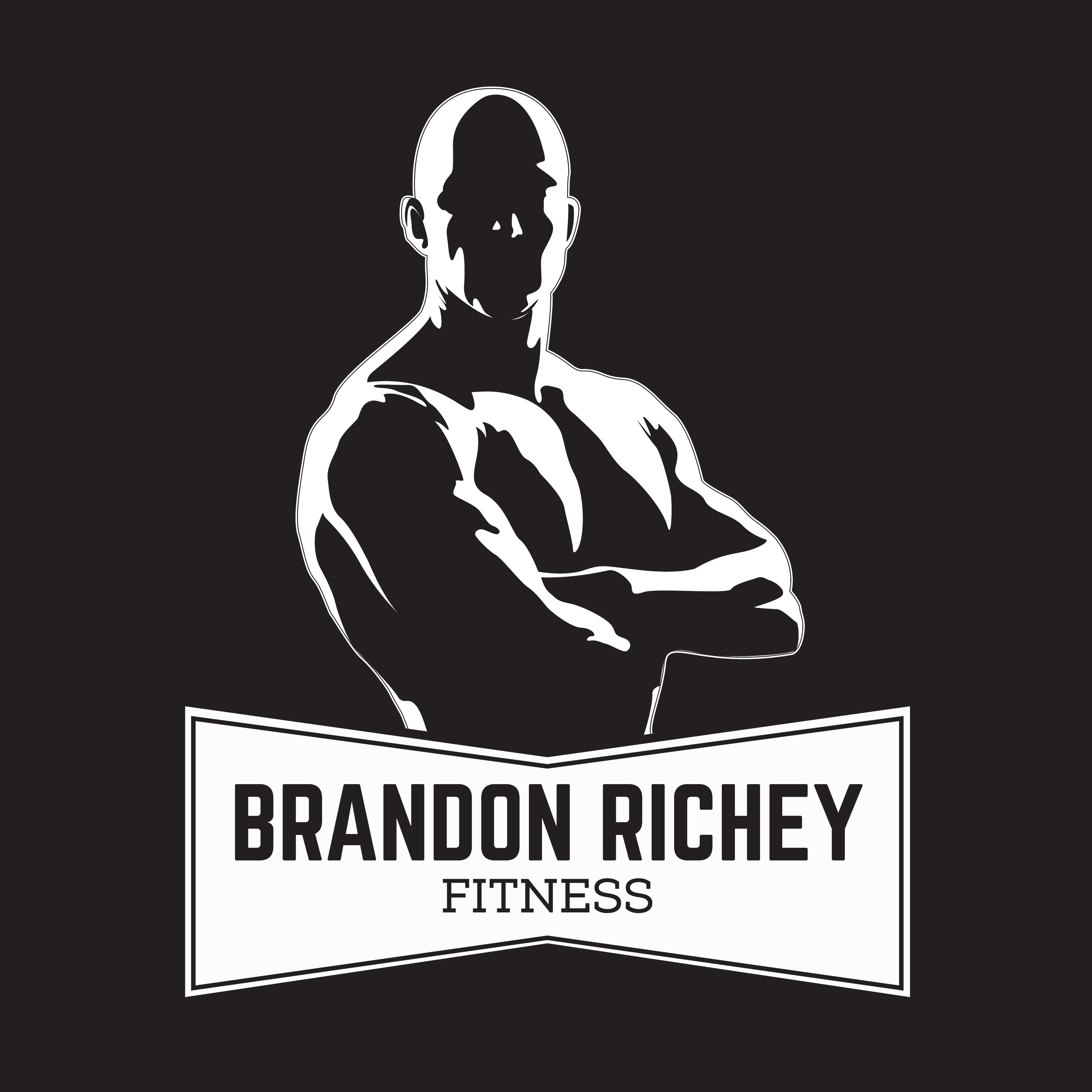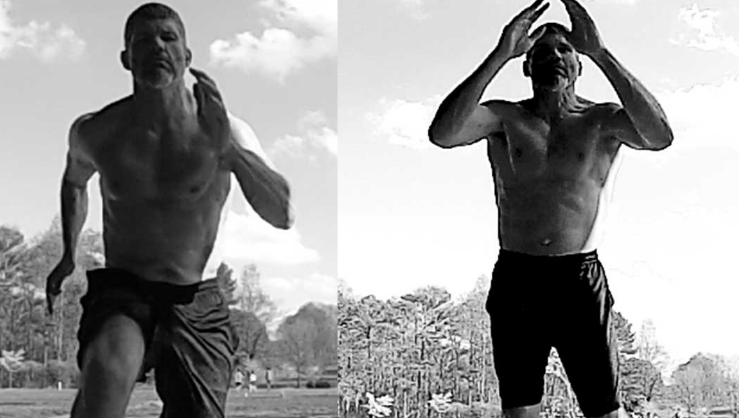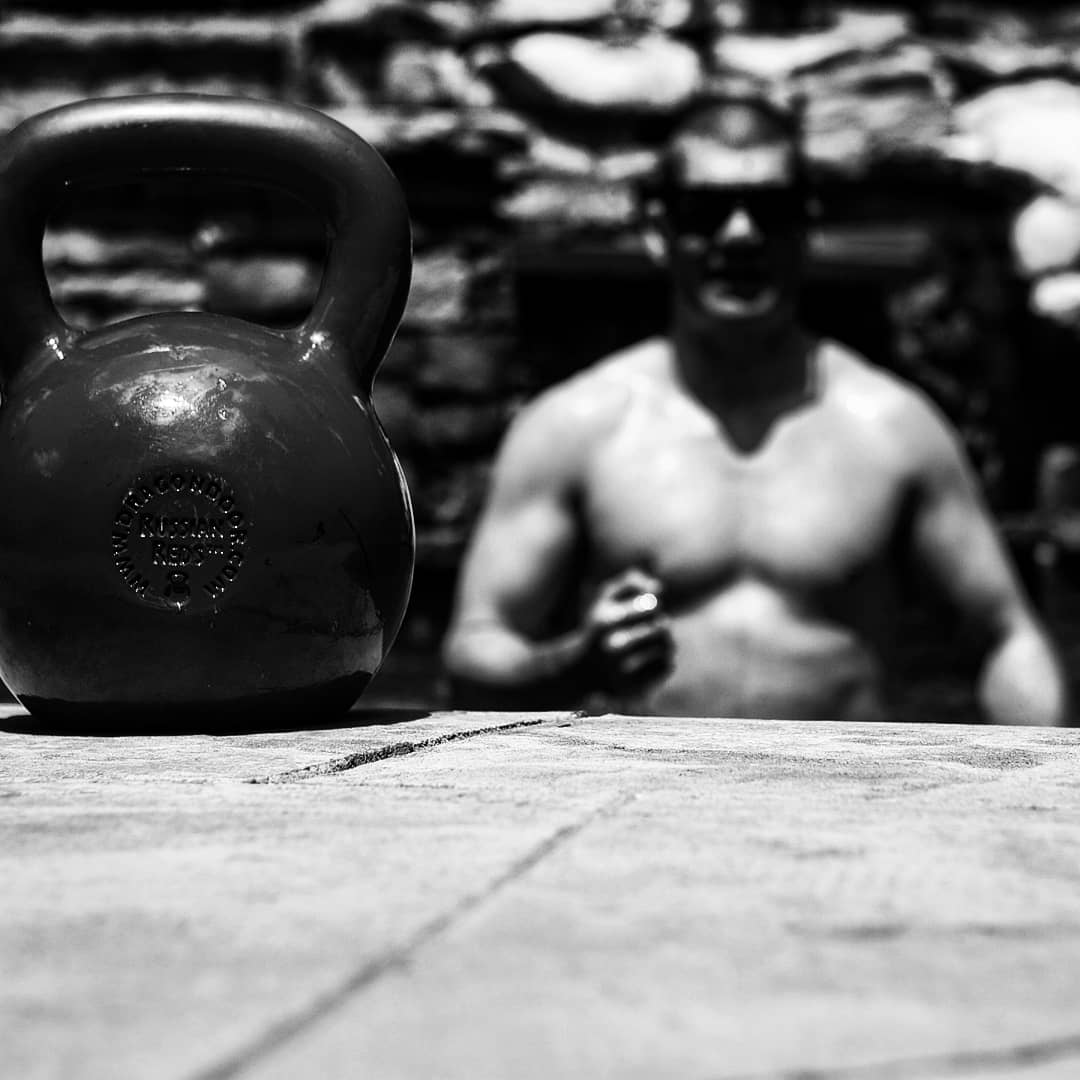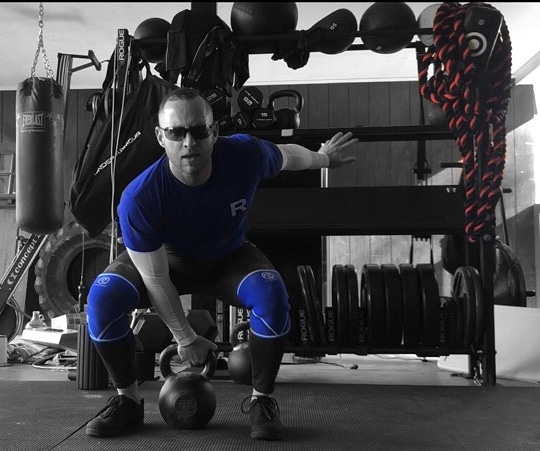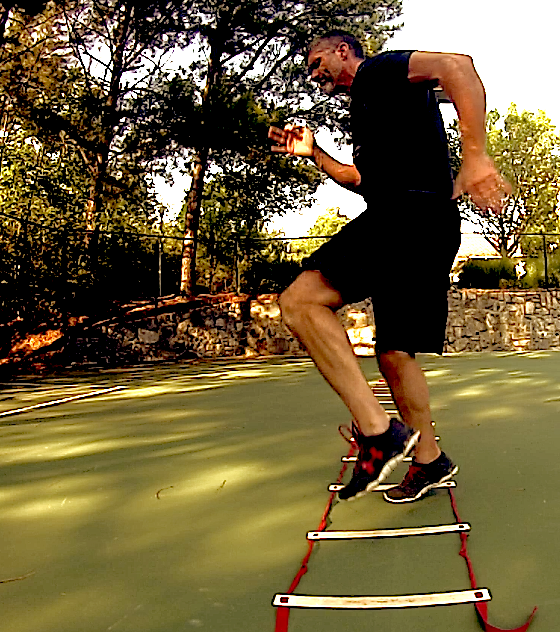
So What’s The Point Of Training Plyometrics?
- How do you train with plyometrics in your own workouts?
- Do you need to understand a safe and effective approach to training plyometrics in your own workouts?
- What benefits do plyometric training offer for your training?
First, I want to take a second to clear the air about training plyometrics. Lately I’ve seen plenty of keyboard warriors the internet being blowhards about how plyometrics are a waste of time and are senseless when it comes to incorporating them into your training.
No, such advice is absurd and is coming from someone that knows nothing about plyometrics. As a strength and conditioning coach that has trained hundreds and even thousands of athletes and serious fitness enthusiasts over a 17 year career I can tell you that plyometrics can be a huge asset to your fitness and overall training program if you understand how to apply them safely and effectively.
Training Plyometrics
I mean sprinting is a form of plyometric. So saying plyometrics are useless would be like saying we should do away with the sprint component of all sports. You see what I mean? I guess people that believe this don’t want to see Usain Bolt set anymore world records, or refuse to admire the feats of athletes like Herschel Walker, or just don’t care to improve themselves athletically whatsoever.
So now that we’ve got that out of the way let’s talk about plyometrics.
Enter Plyometrics
First of all, plyometrics are exercises that produce rapid forceful muscular contractions. Examples of plyometrics involve an array of movements that fit this definition ranging from hopping, skipping, jumping, sprinting, and bounding.
Plyometrics can also involve explosive movements associated with your upper body as well ranging from punches, plyometric push-ups, and medicine ball throws.
These drills serve as the perfect marriage between strength and real life performance situations. Plyometrics foster more fluid athletic movement allowing you to express your strength in a way to cross over and to apply it in real life and athletic scenarios.
Training Plyometrics: The Stretch Shortening Cycle (SSC)
There are three phases of a muscular contraction that are involved when you perform a plyometric. The Stretch Shortening Cycle (SSC) are the phases of these muscular contractions which causes the plyometric event to occur.
The three phases of the muscular contraction involves the following…
Eccentric phase: This is the lengthening of your muscle under tension.
Amortization phase: This is the brief pause phase that occurs at the peak of the eccentric phase and before the start of the concentric (shortening phase) of your muscle.
Concentric phase: This is the shortening phase of your muscle that completes the plyometric contraction for a single event.
Training Plyometrics: The Execution
In order to execute a plyometric you want to keep the amortization phase as brief as possible. The longer you spend in this phase you’re bleeding power and losing kinetic energy for executing a sound plyometric event.
Rapid movement and reaction should be practiced and emphasized with this process. Power can be leveraged for the greater production of speed.
Understand that there are varying degrees of plyometric intensities ranging from low grade intensity to high grade intensity. When programming plyometrics into your training consider such factors.
As an example a lower grade plyometric would be more like skipping rope for a few minutes at a time whereas a more intense high grade plyometric would involve a drill such as a depth jump, or single leg bound.
If you’re looking to incorporate plyometrics into your strength and conditioning program I would strongly suggest you seek professional help at first, unless you’re very confident in your ability as an athlete and aren’t a stranger to performing sprints, jumps, and bounds.
If you need professional help then I’d be more than happy to help you and you can certainly reach out to me here. Just simply drop a question or comment in the comment section here below this article, or simply go to my contact page here on the site to email me directly.
However if you don’t end up using me then I would recommend that you find a coach, or trainer with extensive experience in athletic development training and ideally look for them to be certified by the NSCA with either the CSCS (Certified Strength & Conditioning Specialist), or the CPT (Certified Personal Trainer) distinctions.
If you’re more of a beginner it is smarter to learn proper execution and progression of plyometrics to enhance your overall fitness and performance. Once you do get acquainted with this process plyometrics can be a huge asset to your overall fitness and training program.
Training Plyometrics: The Takeaway
At the end of the day plyometrics are going to significantly benefit your fitness, movement, and athleticism. You just need to be intelligent in your approach to training plyometrics to achieve optimal benefits safely.
Do you currently train plyometrics on a regular basis?
What plyometric drills do you incorporate in your workouts?
Post up in the comments section below to share with us.
Get started elevating your strength development by getting on my…
30 Introductory Bodyweight Exercises here below.
Click On Image Here
 Also if you want to learn how to tie these together then make sure you check out my brand new 120 Day Functional Fitness Training Program right here below!
Also if you want to learn how to tie these together then make sure you check out my brand new 120 Day Functional Fitness Training Program right here below!
CLICK HERE TO ORDER MY 120 DAY PLAN TO POWERFUL FUNCTIONAL FITNESS!!!
It’s changing lives everyday!
Click On Image Here
5 Simple Ways To Measure Your Functional Fitness
3 Functional Strength Drills For Fitness And Performance
4 Guaranteed Ways To Get A Functionally Strong Body
4 Ways To Keep Crushing Strength Gains Beyond Your 30’s
Focus On Training Movement Instead of Muscle
What Are The Top 10 Best Strength Exercises
Click on all images below…
If you’re looking to enhance your fitness for MMA and martial arts then make sure to check out my
